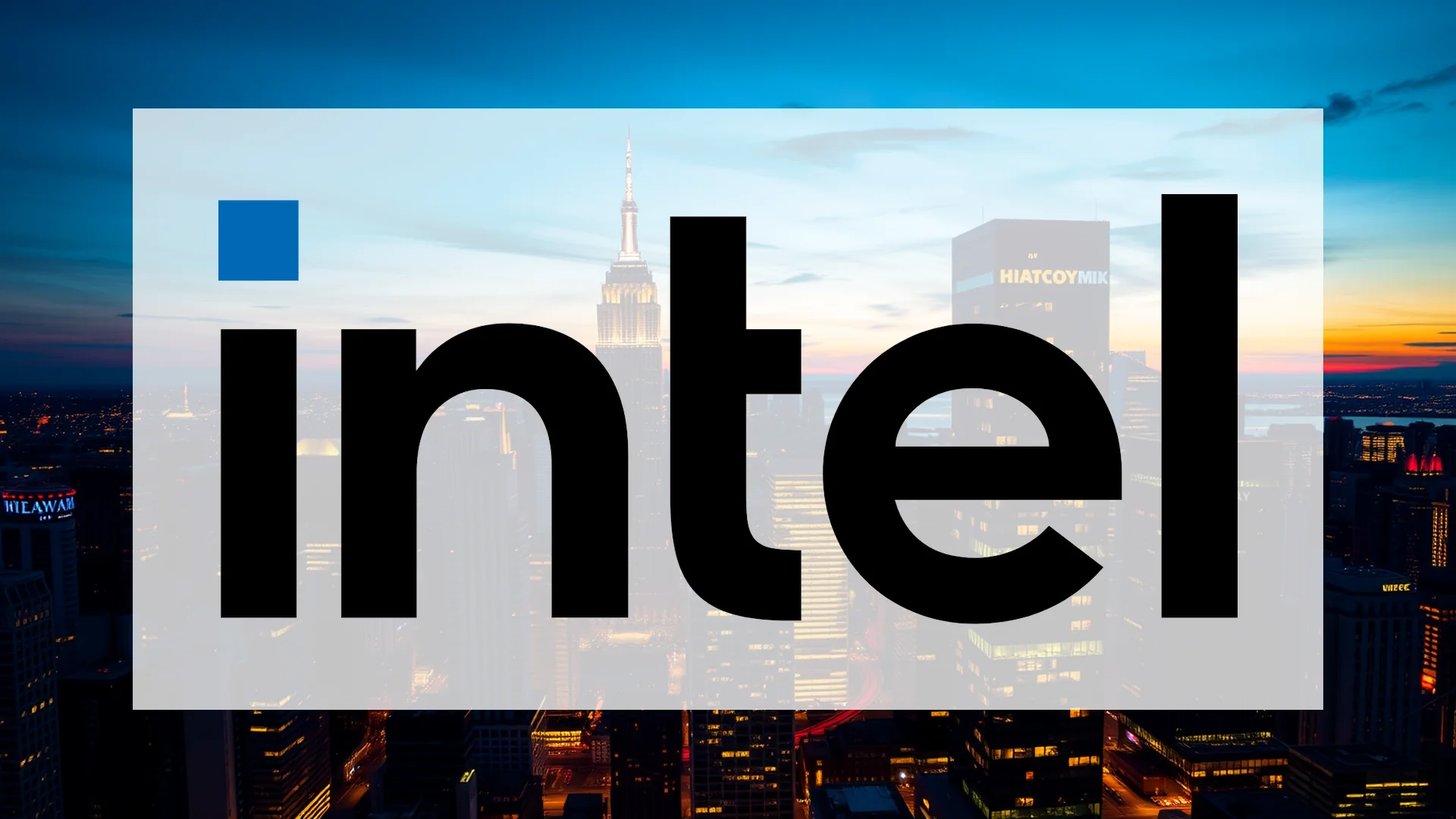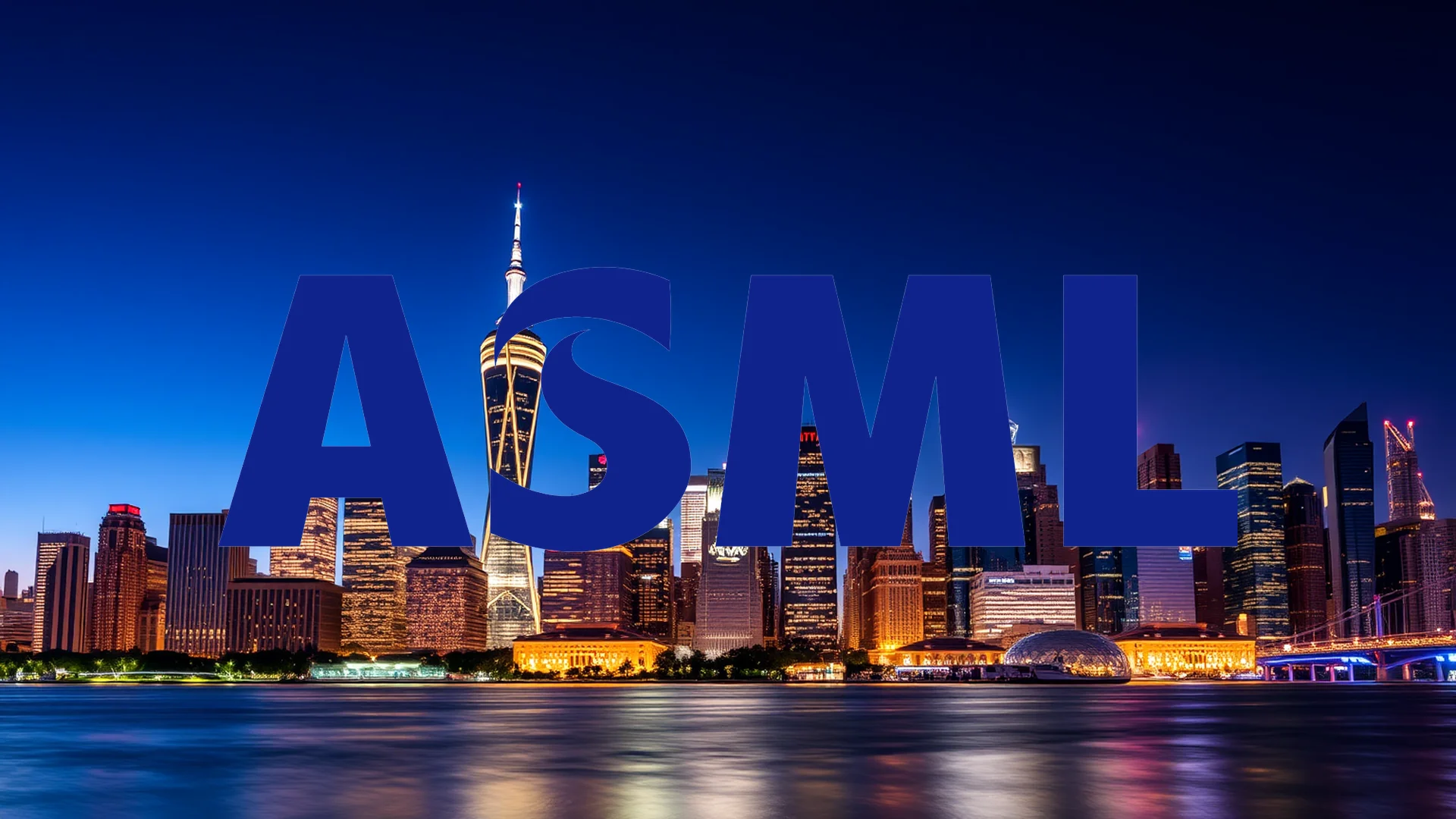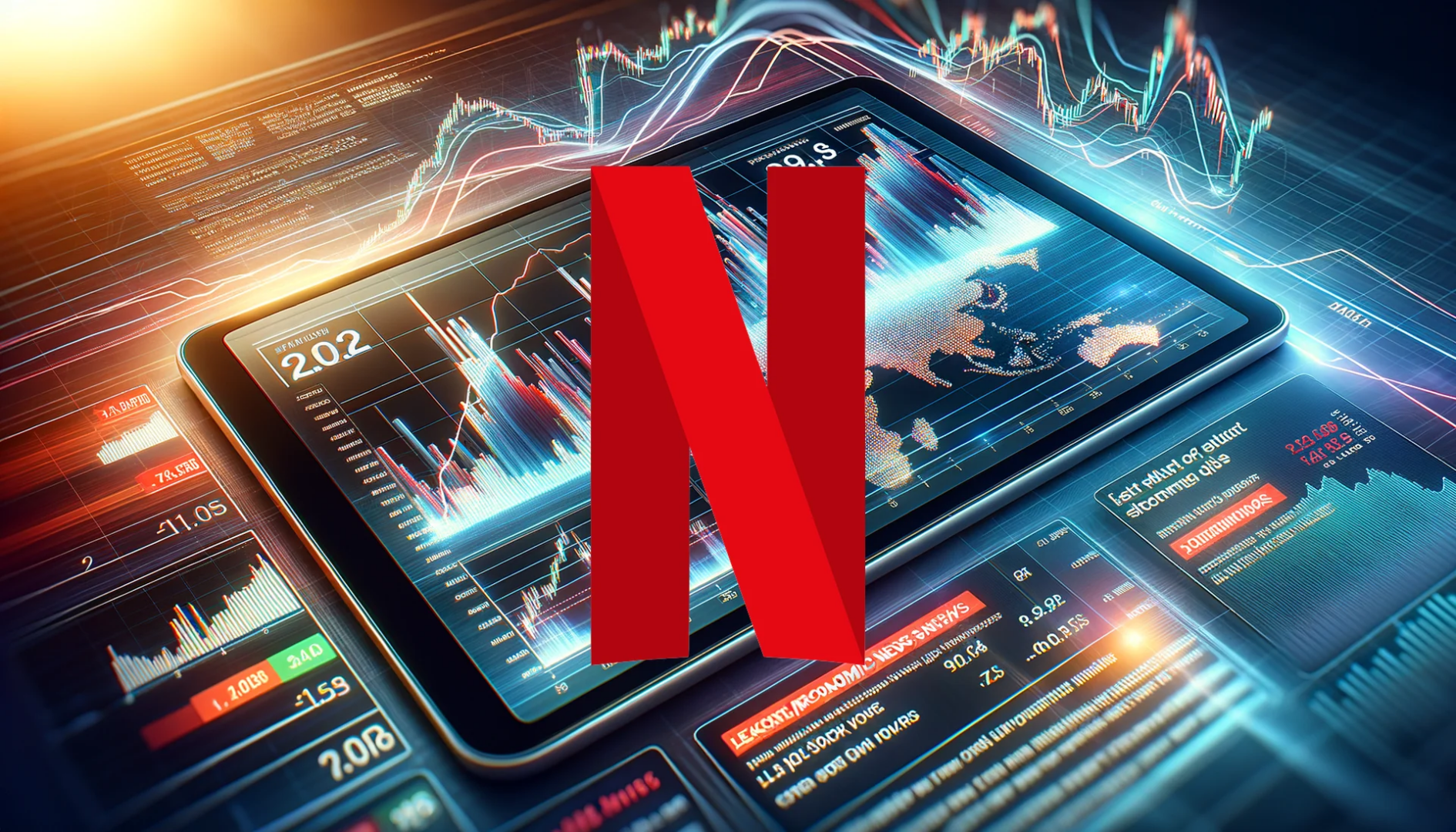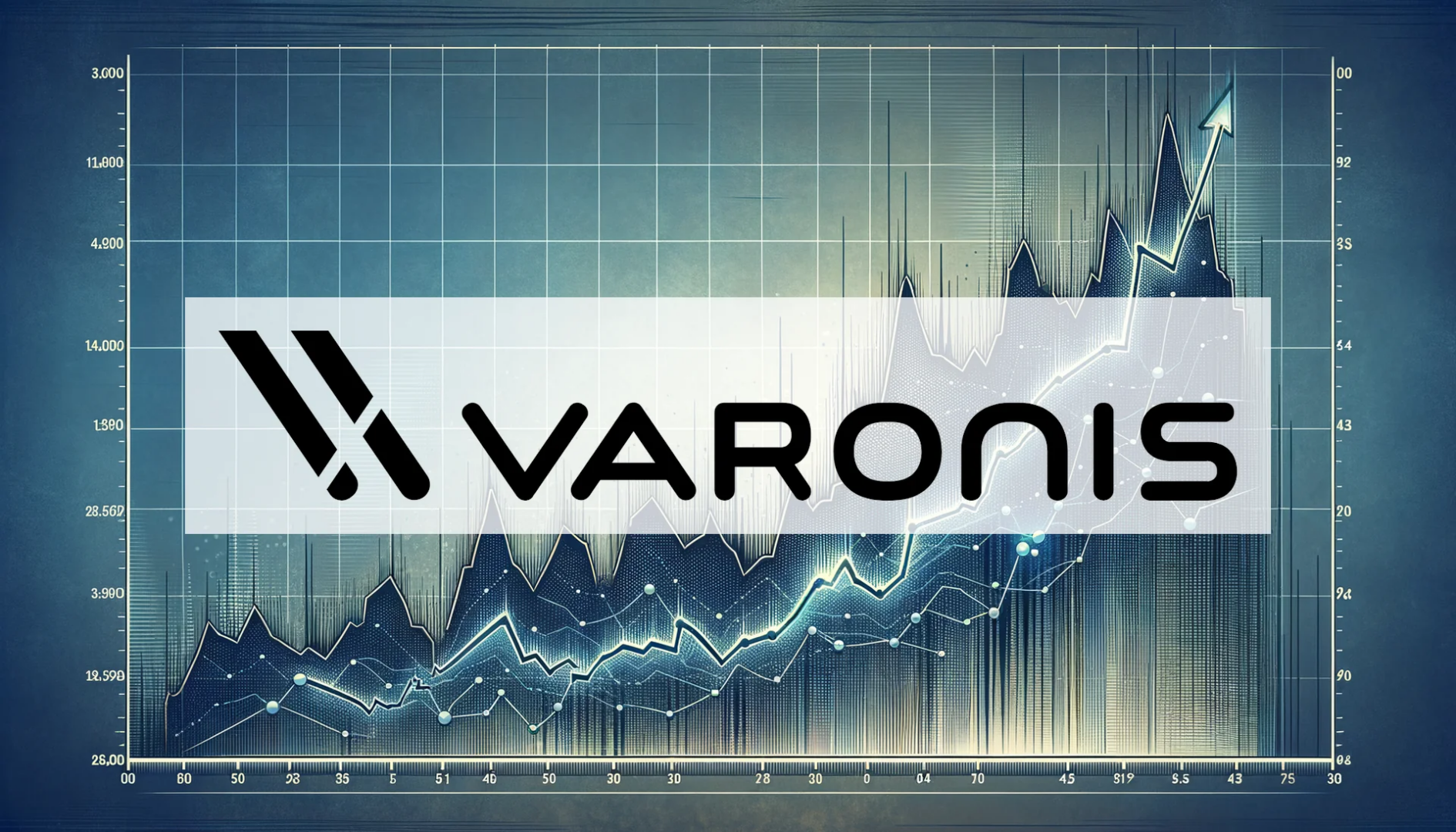Intel finds itself navigating heightened regulatory challenges as Washington intensifies technology export controls targeting China. In a significant move, US authorities have revoked a key export license for Intel’s semiconductor manufacturing facility in Dalian, potentially constraining the company’s operational flexibility in the region. This development coincides with Intel’s unveiling of a groundbreaking patent that could transform future processor architecture.
Regulatory Landscape Shifts for China Operations
The US Department of Commerce has removed Intel Semiconductor (Dalian) Ltd. from its Validated End-User (VEU) list, eliminating the special authorization that previously allowed the facility to receive certain US semiconductor technologies without case-by-case approvals. Effective December 31, 2025, Intel must seek individual licenses for each export of semiconductor equipment and technology to its Dalian plant.
This policy adjustment closes potential loopholes in export control measures and represents the latest escalation in restrictions limiting China’s access to advanced chipmaking technology. The regulatory changes also affect production facilities operated by Samsung and SK Hynix within China.
Innovation Amid Regulatory Challenges
While confronting these regulatory hurdles, Intel continues to advance its technological capabilities. A recently published patent titled “Software Defined Supercore” (SDC), made public on September 2, outlines a potential breakthrough in CPU architecture. This innovation would enable multiple physical processor cores to function as a single, more powerful logical core through virtual integration.
Should investors sell immediately? Or is it worth buying Intel?
This software-defined approach aims to enhance single-thread performance while improving energy efficiency, achieving these gains without requiring larger, more power-intensive hardware components. Future Intel processors could potentially switch dynamically between standard and high-performance modes based on computational demands.
Balancing Government Support and Restrictions
The export license revocation highlights the dual approach of US policy toward semiconductor companies. Intel benefits substantially from government support programs, including CHIPS Act funding and approximately 10% government ownership, while simultaneously facing increased restrictions on technology transfer to Chinese operations.
This situation creates operational complexity for Intel as it maintains dependence on government support while adapting to tightened export controls. The company must collaborate closely with commerce officials through year-end to ensure operational continuity at its affected facility. The ultimate impact will depend on approval rates and processing timelines for the newly required individual export licenses.
Ad
Intel Stock: Buy or Sell?! New Intel Analysis from December 3 delivers the answer:
The latest Intel figures speak for themselves: Urgent action needed for Intel investors. Is it worth buying or should you sell? Find out what to do now in the current free analysis from December 3.
Intel: Buy or sell? Read more here...












